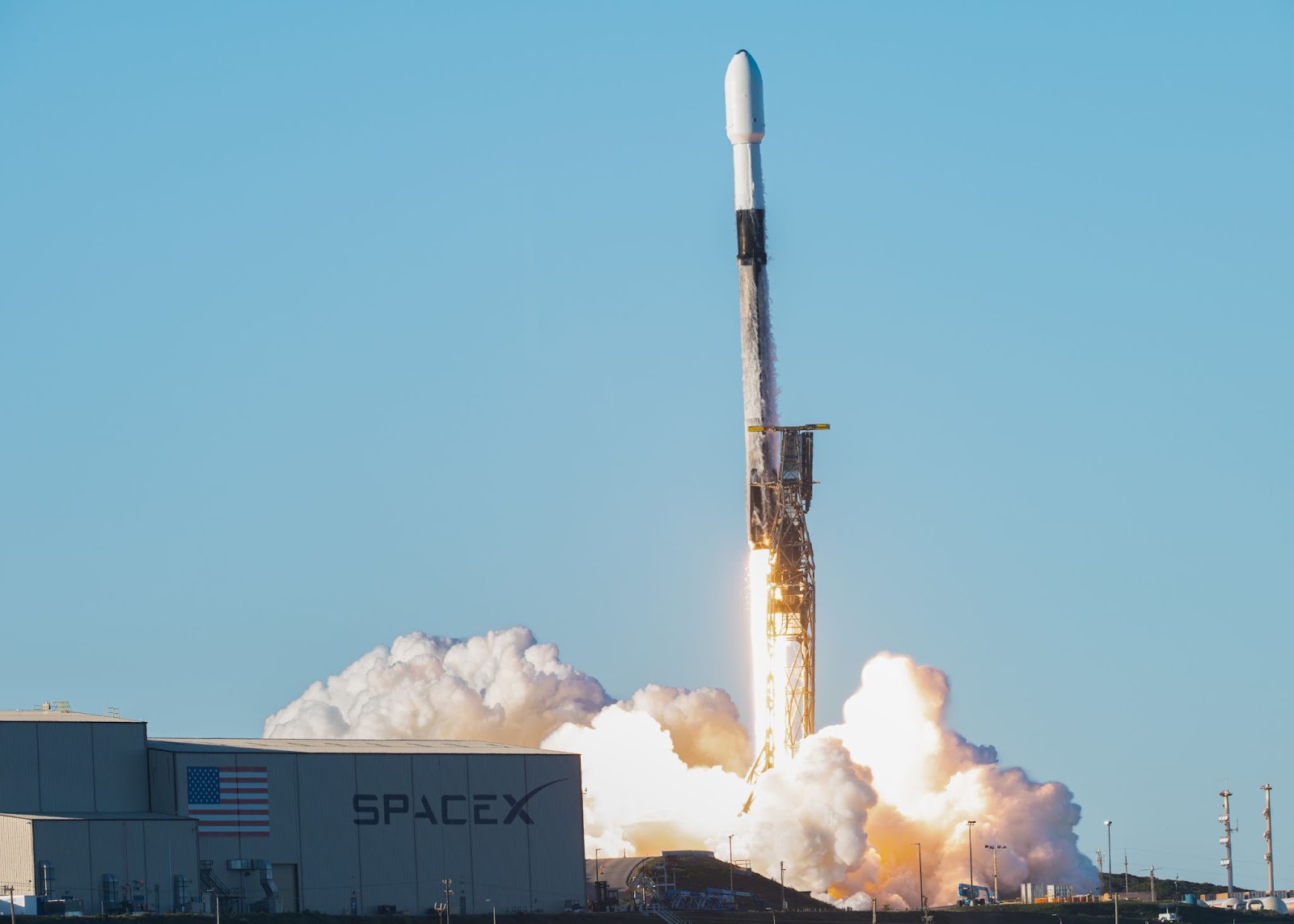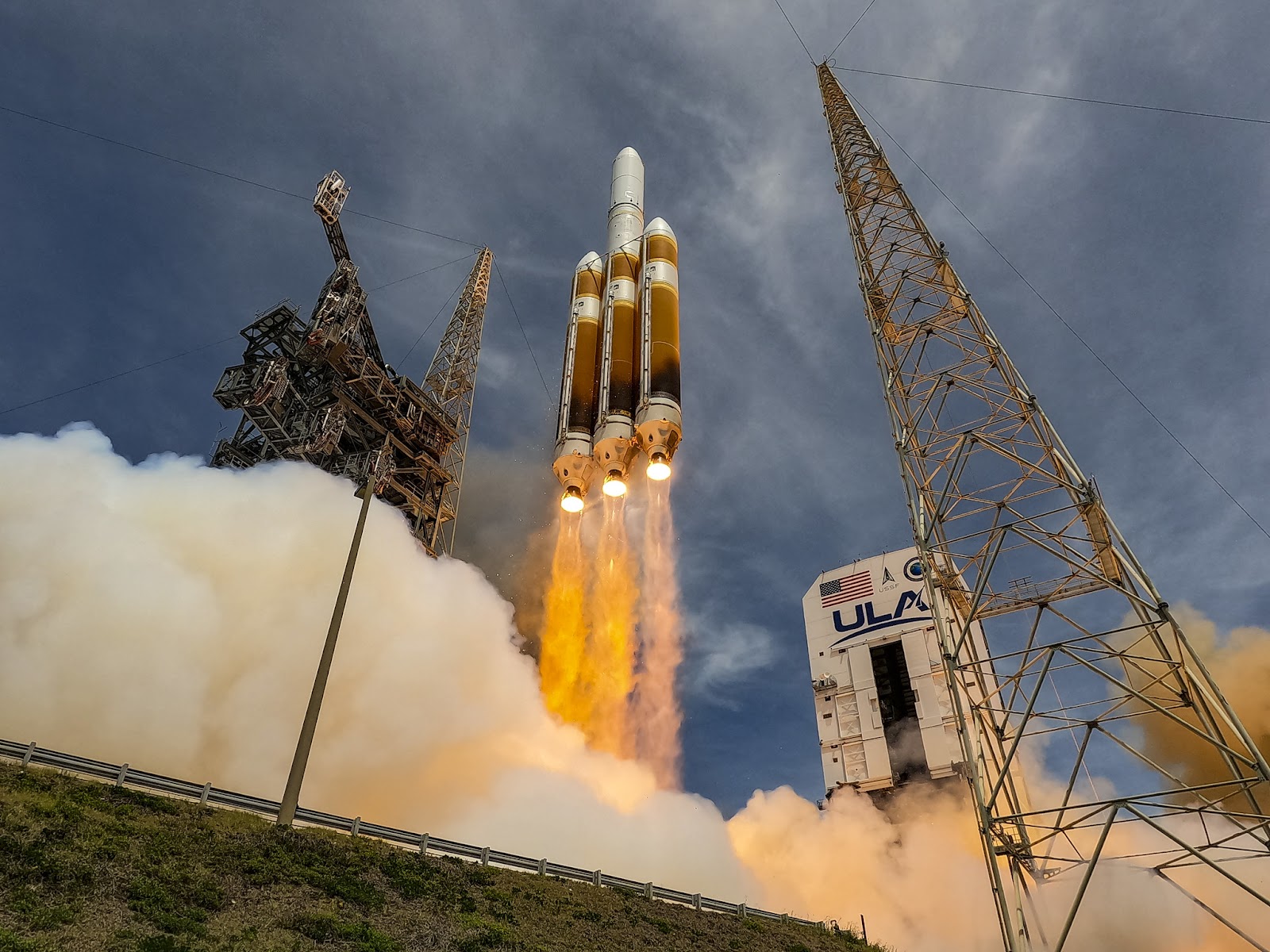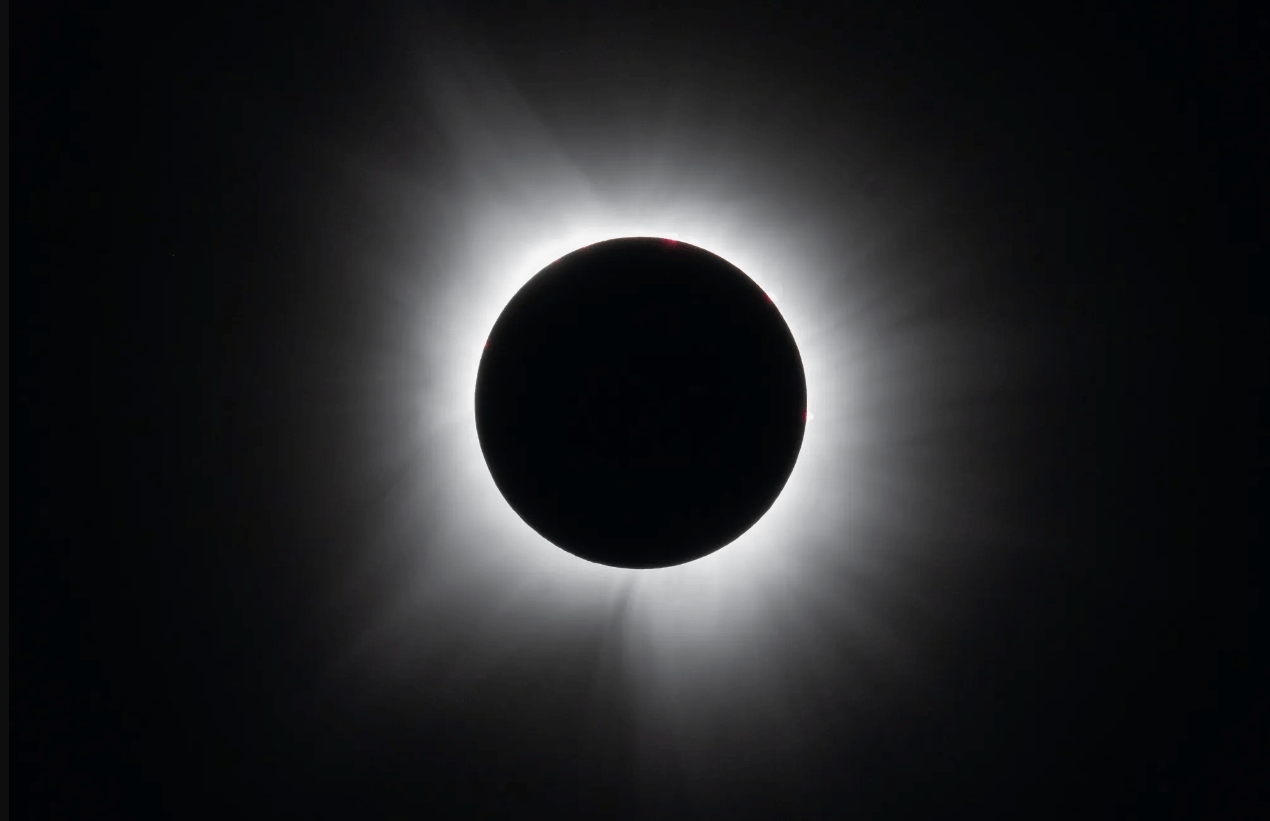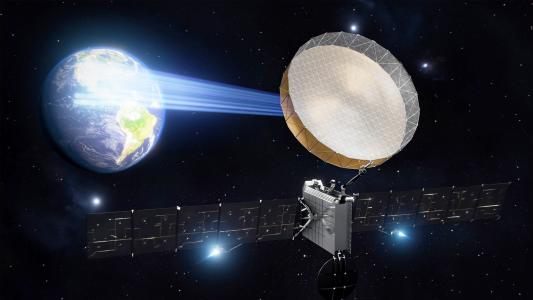This is T-Minus, where we count down the biggest developments in space, from new rocket launches to discoveries that advance our understanding of the universe and our place in it. Humanity is reaching new heights in space exploration. Make sure you’re part of the journey by subscribing here.

SpaceX launches military satellite
Unexpected weather conditions can jeopardize military missions at land, sea, and air, so in the 1960s, the US Department of Defense established the “Defense Meteorological Satellite Program” (DMSP) to monitor weather for America’s military.
The satellites used by the program are now more than 50 years old, though, so the Space Force is replacing them with a new generation of satellites developed by aerospace company BAE Systems. On April 11, SpaceX placed the first of those satellites into orbit.
“The launch of [the satellite] represents a substantial advancement in our nation’s space-based environmental monitoring capabilities,” said Thai Sheridan, VP and general manager of military space for BAE Systems’ Space & Mission Systems division.
“We are honored to work on such an important project to help safeguard our nation’s and allies’ warfighters and military assets as they take on their biggest challenges,” he continued.


Delta’s final flight
The Delta rocket family has played a pivotal role in the American space industry — nearly 400 Delta rockets have lifted off since 1960, with payloads that included Mars rovers, solar probes, communications satellites, and more.
On April 9, the Delta era came to an end with the launch of the last Delta IV Heavy rocket, which deployed a classified payload for the US National Reconnaissance Office (NRO). The Delta’s maker, United Launch Alliance, will now focus on its Vulcan rocket, which flew for the first time in January 2024.
“The Delta IV Heavy rocket was a workhorse for the NRO, launching 12 missions delivering critical national security payloads,” said Gary Wentz, ULA’s VP of government and commercial programs. “The NROL-70 mission marked our 35th successful launch with the NRO, and we look forward to continuing our partnership launching future national security space missions.”


The eclipse
On April 8, a solar eclipse passed over North America, and while 99% of Americans were able to see at least part of it, 32 million were in its “path of totality,” meaning they got to see the sun completely blocked out by the moon.
While you were (hopefully) donning your eclipse glasses and staring skyward, NASA was successfully launching three sounding rockets from a facility in Virginia — one during the peak local eclipse, one before it, and one after.
These rockets carried 15 payloads with instruments designed to measure any disturbances in a part of Earth’s upper atmosphere called the “ionosphere” when the sun’s light was momentarily blocked.
“It’s an electrified region that reflects and refracts radio signals, and also impacts satellite communications as the signals pass through,” said mission leader Aroh Barjatya. “Understanding the ionosphere and developing models to help us predict disturbances is crucial to making sure our increasingly communication-dependent world operates smoothly.”

We’d love to hear from you! If you have a comment about this article or if you have a tip for a future Freethink story, please email us at [email protected].





